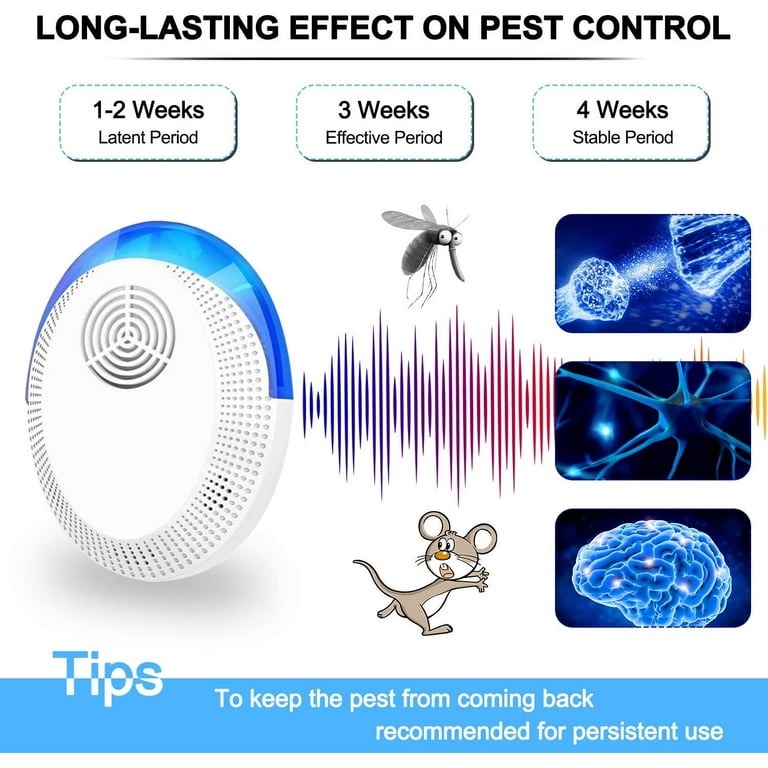Eco Bed Bug Exterminators Dc Things To Know Before You Buy
Eco Bed Bug Exterminators Dc Things To Know Before You Buy
Blog Article
The Buzz on Eco Bed Bug Exterminators Dc
Table of ContentsFascination About Eco Bed Bug Exterminators DcSome Known Facts About Eco Bed Bug Exterminators Dc.All about Eco Bed Bug Exterminators Dc7 Simple Techniques For Eco Bed Bug Exterminators DcThe Of Eco Bed Bug Exterminators Dc
Since chemicals are poisonous, they are additionally potentially unsafe to humans, animals, various other organisms, and the environment. As a result, individuals that use pesticides or frequently can be found in call with them should recognize the family member toxicity, potential wellness effects, and preventative actions to reduce exposure to the products they make use of. Threat, or risk, of utilizing pesticides is the potential for injury, or the level of threat associated with making use of a pesticide under a given collection of conditions.
However, applicators can lessen or nearly eliminate direct exposure-- and hence reduce hazard-- by complying with the tag directions, making use of individual protective clothes and tools (PPE), and dealing with the pesticide appropriately. Even more than 95 percent of all chemical direct exposures come from facial direct exposure, mainly to the hands and forearms. By wearing a pair of unlined, chemical-resistant handwear covers, this sort of exposure can be nearly removed.
The damaging effects that happen from a single exposure by any kind of course of access are termed "acute results." The 4 courses of direct exposure are facial (skin), inhalation (lungs), dental (mouth), and the eyes. Acute poisoning is identified by checking out the facial poisoning, inhalation toxicity, and dental toxicity of guinea pig.
The Definitive Guide to Eco Bed Bug Exterminators Dc
Severe poisoning is determined as the amount or focus of a toxicant-- the a.i.-- needed to kill 50 percent of the animals in an examination populace. This procedure is normally expressed as the LD50 (dangerous dose 50) or the LC50 (dangerous concentration 50). Furthermore, the LD50 and LC50 values are based on a single dose and are videotaped in milligrams of pesticide per kilogram of body weight (mg/kg) of the guinea pig or partially per million (ppm).
The lower the LD50 or LC50 value of a pesticide product, the higher its poisoning to human beings and pets. Chemicals with a high LD50 are the least toxic to people if utilized according to the instructions on the item label. The chronic toxicity of a chemical is established by subjecting test pets to long-term exposure to the active ingredient.
The chronic toxicity of a pesticide is harder than acute toxicity to figure out with research laboratory evaluation. Products are categorized on the basis of their family member intense poisoning (their LD50 or LC50 values). Pesticides that are categorized as highly harmful (Toxicity Group I) on the basis of either oral, dermal, or inhalation toxicity have to have the signal words DANGER and poisonous substance published in red with a head and crossbones sign prominently presented on the front panel of the bundle tag.
The intense (single dose) dental LD50 for chemical products in this team varies from a trace amount to 50 mg/kg. For instance, exposure of a few drops of a product taken by mouth might be fatal to a 150-pound individual. Some chemical products have simply the signal word risk, which tells you nothing about the acute poisoning, just that the item can trigger serious eye damages or serious skin irritation
The smart Trick of Eco Bed Bug Exterminators Dc That Nobody is Discussing
In this group, the acute dental LD50 ranges from 50 to 500 mg/kg. A teaspoon to an ounce of this material could be fatal to a 150-pound individual (bed bug treatment). Pesticide products classified as either somewhat poisonous or fairly safe (Toxicity Categories III and IV) are needed to have the signal word CAUTION on the chemical tag

All pesticide toxicity valuesPoisoning worths the LD50, can be found on discovered product's Item Safety Data Sheet InformationMSDS). Pesticide tags and MSDS can be obtained from retailers or produces - https://myanimelist.net/profile/ecobedbug3xt. The signs and symptoms of pesticide poisoning can range from a moderate skin irritability to coma or also fatality.
Individuals likewise differ in their level of sensitivity to various levels of these chemicals. Some individuals may show no reaction to an exposure that may create severe health problem in others (exterminator near me). As a result of possible wellness concerns, pesticide customers and trainers have to recognize the usual symptoms and signs of chemical poisoning. The impacts, or signs and symptoms, of chemical poisoning can be broadly specified as either topical or systemic.
Eco Bed Bug Exterminators Dc Things To Know Before You Buy
Dermatitis, or swelling of the skin, is accepted as the most frequently reported topical effect linked with pesticide exposure. Some individuals have a tendency to cough, hiss, or sneeze when exposed to pesticide sprays.
This sign normally subsides within a few mins after a person is removed from the direct exposure to the toxic irritant. However, a reaction to a chemical product that causes a person not just to sneeze and cough but additionally to develop serious intense respiratory system symptoms is more probable to be a real hypersensitivity or allergic reaction.
Systemic effects are rather different from topical impacts. They usually happen away from the original point of contact as a result of the chemical being soaked up into and distributed throughout the body.
Report this page